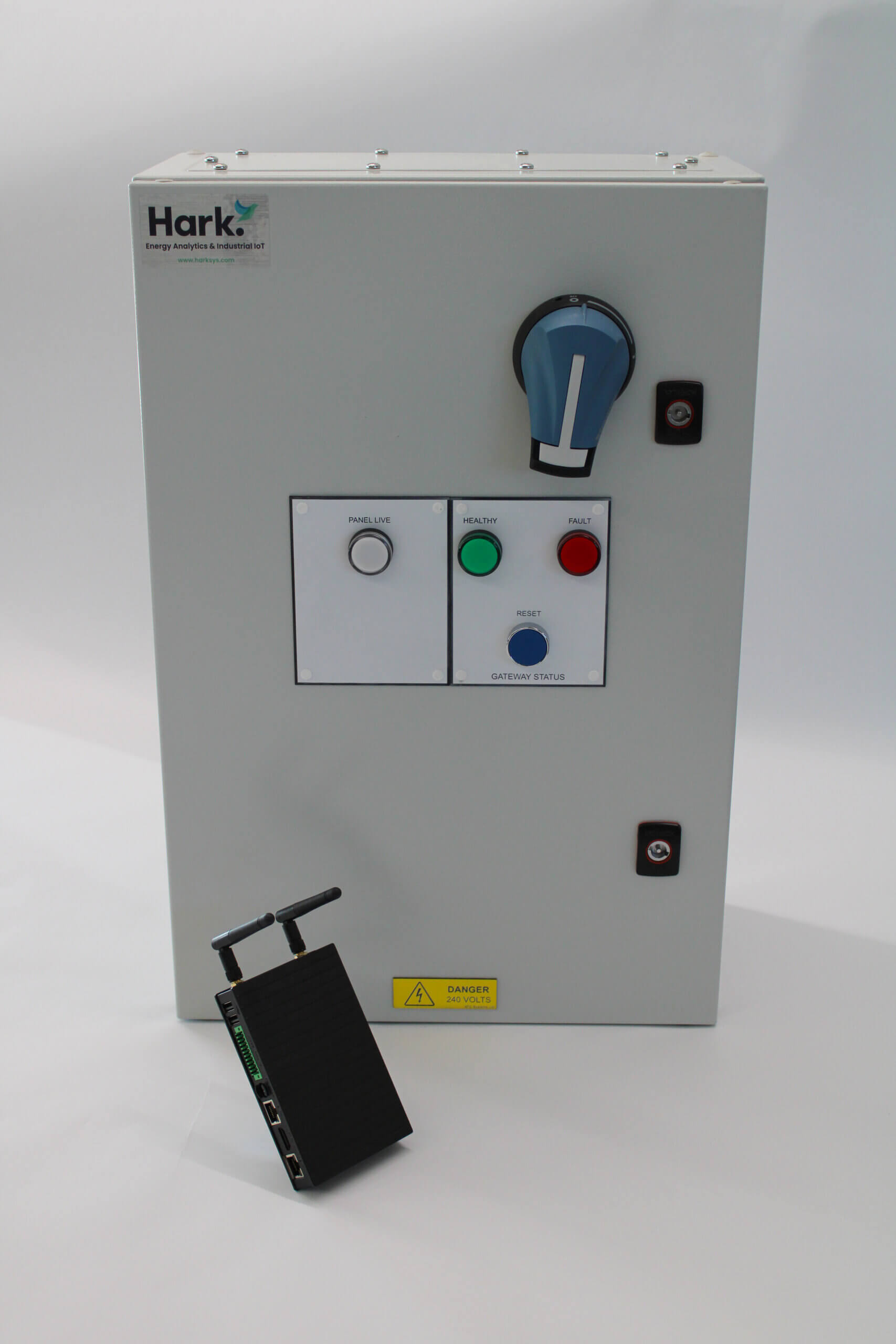Home › Solutions › G100 Export Limitation System – Compliant Solar PV Export Control › What Is G100 Export Limitation? – Grid Export Control & Compliance (EREC G100)
What is G100 Export Limitation?
G100 Export Limitation refers to the guidelines and regulations governing the export of energy from grid-connected renewable installations. These guidelines are essential for maintaining grid stability, managing energy, and ensuring the security of supply. Without G100 export limitation, national energy infrastructure could be in danger of becoming over-loaded. Let’s delve into the details:

Understanding G100 Export Limitation
Purpose: The primary purpose of G100 Export Limitation is to prevent grid-connected generators (such as solar panels, wind turbines, or battery energy storage systems (BESS) from exceeding the agreed export capacity. By adhering to these guidelines, energy producers can avoid costly or time-bound upstream network reinforcement.
How It Works: When an energy generator’s export capacity needs to be restricted, an export limitation scheme is implemented. This scheme measures the Apparent Power (in kilowatts) at the installation’s exit point. Based on this information, it either limits the generation/energy storage output or increases customer demand to prevent exceeding the Agreed Export Capacity.
Compliance Requirements:
- Power Quality Standards: Export Limitation Schemes must comply with relevant power quality standards.
- ER G100: Generation and energy storage systems must adhere to ER G100 guidelines.
- ER G98 and G99: Depending on the type of installation, compliance with ER G98 and G99 may also be necessary.
Key Features:
- Fast Response: The export limitation scheme must reduce exported Active Power within 5 seconds to match or stay below the Maximum Export Capacity.
- Fail-Safe: If any component or signalling system fails, the scheme must promptly limit the exported Active Power to prevent capacity breaches.
Enquire About a G100 Export Limitation Project
Connection Process
Application: Installers submit an Export Limitation Scheme Application form to National Grid (NG) alongside relevant generation application forms.
Approval: Once NG approves the connection, equipment installation and commissioning can proceed.
Witnessing Tests: NG may witness some commissioning tests.
G99 Fast Track: For single-phase installations with ER G98 compliant generation (e.g., solar PV) and ER G100 compliant Export Limitation Schemes, a streamlined G99 Fast Track process is available.
G100 vs G100 Issue 2
G100 Issue 2 (G100-2) expands to include import limitation and introduces requirements like wireless comms, cyber-security suggestions, fail-safe states, and stricter commissioning.
What is Reverse Power Protection (RPP) in the Context of G100?
RPP is a fail-safe protection mechanism required under G100 in some cases. Specifically, for high-voltage connections, G100 mandates “reverse power protection” to act as a backup.
The idea: if the main export limitation device fails (e.g. communication problem, control failure), the RPP should disconnect the generation (or part of the installation) to ensure the export limit isn’t breached.
According to the G100 spec, the design and settings of the RPP must be agreed with the Distribution Network Operator (DNO) and documented in the connection agreement.
Where the site is “non-exporting” (i.e. the Maximum Export Limit = 0), RPP is the method to ensure no export happens.
Hark's Distributed G100 Export Limitation Device
Overview: Issue 2, Amendment 2 compliant, this ENA-approved export limitation device is fully compliant with the complex lock-out requirements necessary for G100/2/2. With wireless capability and full end-to-end professional service support, this G100 device is a market leader in the UK.
Dimensions: The standard industrial panel we deploy on site is 700mm H x 500mm W. Though panels do come in some variations. Click the link for further information G100 Export Limitation or to submit an enquiry.
Why is G100 Export Limitation Important?
G100 Export Limitation strikes a balance between grid stability and renewable energy integration. By understanding and implementing these guidelines, we contribute to a sustainable energy future while ensuring reliable power supply.
For more information, you can refer to the National Grid Export Limitation page.
Remember, G100 Export Limitation is not just about compliance; it’s about shaping a greener energy landscape! 🌿🔌


Download The G100 Export Limitation Datasheet
Everything you need to know about our G100 Export Limitation Device, in a handy 3-page pdf.
G100 Export Limitation FAQs
Why is G100 compliance important?
Compliance with G100 ensures your renewable energy installation operates within legal and safety limits. Non-compliance can lead to penalties, disconnection from the grid, and delays in securing DNO approval for your project.
How does a G100 Export Limitation system work?
A G100 system monitors the power flow between your site and the grid in real time. If export levels approach the agreed limit, it can automatically reduce generation (for example, by ramping down inverters) or increase on-site consumption (such as charging batteries) to stay within the limit.
What is the difference between G100 and G100 Issue 2 (G100-2)?
G100 Issue 2 expands the standard to include import limitation in addition to export limitation. It introduces enhanced requirements such as fail-safe operation, cybersecurity considerations, and wireless communications options. G100-2 came into effect in September 2022.
How quickly must a G100 system respond to changes in export?
Under G100 requirements, systems must act within 5 seconds if export exceeds the agreed limit. This rapid response helps maintain grid stability and prevents potential damage to infrastructure. points, and summate energy consumption from this.
Does G100 apply to all renewable energy systems?
G100 applies to most UK renewable energy systems that export to the grid under a G99 connection agreement. Smaller systems covered by G98 may not require G100 unless combined with larger generation or storage equipment that pushes exports beyond a DNO-set threshold.
Can a G100 system help with G99 Fast Track approval?
Yes. Many DNOs will Fast Track a G99 application if you include a G100-compliant export limitation scheme. This can significantly speed up the approval process for projects that might otherwise require lengthy grid studies.
What happens if a G100 system fails?
If a G100 system component fails, it must default to a fail-safe mode that ensures exports do not exceed the agreed limit. This is a key compliance requirement to maintain grid safety.
